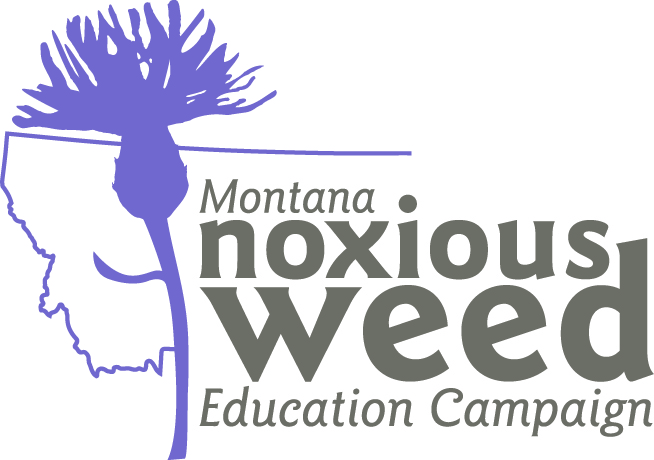Monthly Weed Post, May 2020
Montana Noxious Weed Survey: Has 25 Years of Education Been Effective?
by Shantell Frame-Martin, Jane Mangold, and Eric Raille
Education is often touted as an important part of noxious weed management, yet there is little evidence to show its effectiveness. In 1994 a general population telephone survey of Montanans showed that they were lacking in knowledge about noxious weeds, including how they spread and their ecological impacts (Sheley et al. 1996). The Montana Noxious Weed Education Campaign (MNWEC) was created in 1995, in partial response to the survey. The MNWEC coordinates noxious weed education and outreach among federal, state, and local entities. To evaluate effectiveness of 25 years of coordinated noxious weed education, a survey similar to the 1994 survey was distributed in Montana in spring 2019. About 4,600 questionnaires were mailed, and 830 responses were returned (18% response rate). The project was funded by the Montana Noxious Weed Trust Fund.

In 1994 the top three ways in which Montanans thought noxious weeds spread were wind, livestock, and wildlife. In 2019, after 25 years of education and outreach, Montanans recognize that humans and human-related activities are the primary ways weeds spread. Livestock (25%) and wildlife (24%) were less implicated as being associated with the spread of noxious weeds.
2019 Survey
- Humans (60%)
- Vehicles (46%)
- Construction (39%)
1994 Survey
- Wind (60%)
- Livestock (31%)
- Wildlife (30%)
Several important takeaways were learned from the survey. First, Montanans recognize noxious weeds as threatening; the majority of respondents indicated that noxious weeds are a “serious” (36%) or “very serious” (32%) problem, and the top three “very important” or “extremely important” impacts of noxious weeds noted by respondents included loss of native plants (83%), loss of biodiversity (82%), and loss of wildlife habitat (80%). Second, knowledge about noxious weeds has generally increased since 1994; in 1994, 67% of respondents reported that they “knew little or nothing” about noxious weeds compared to 48% in 2019, a 19% decrease. Furthermore, 40% of respondents said that their knowledge has increased “a little” to “a lot” in the last 5 years. Third, Montanans recognize that humans play a large role in noxious weed spread (see figure) and are engaging in behaviors to limit that spread. Nearly half of respondents said they do “a little more” (32%) or “a lot more” (12%) about noxious weeds as compared to 5 years ago. However, interest is less for younger adults and women; 23% of 18-29 year olds report they “never” wash their vehicle after recreating and the average score on self‐reported knowledge for men (2.56) is higher than it is for the rest (female, other, prefer not to answer) of the sample (2.26).
The survey also showed that respondents who have seen different forms of noxious weed education are more likely to engage in behaviors to stop weed spread, providing evidence that noxious weed education is beneficial. The survey illustrated that a multitude of methods need to be used to expand noxious weed educational messaging and delivery as no single method appeared to work for all groups. Overall, it is encouraging that the past 25 years of noxious weed education appears to have increased Montanans’ knowledge of noxious weeds. The majority of those who have seen different forms of noxious weed education are more likely to engage in behaviors to stop or limit spread, which we believe is essential to contain infestations and protect weed-free plant communities.
Further Information
For additional information on the 2019 survey, contact Montana Noxious Weed Education Project Coordinator Shantell Frame-Martin. For more information on this month's Weed Post, contact Extension Invasive Plants specialist Jane Mangold. Past posts are available in the Monthly Weed Post directory.
The Printable PDF (1MB) version of this post includes a crossword puzzle.


